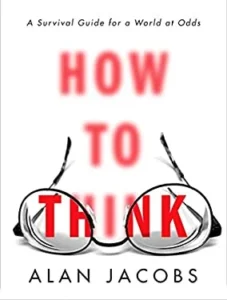 Summary: Life is horrible, then it gets a bit better.
Summary: Life is horrible, then it gets a bit better.
I have spent a lot of the past year or so reading history and other non-fiction about racism, slavery, Jim Crow and the broader African American experience in the US. I have not read a lot of fiction in part because non-fiction I can distance myself a bit.
A large part of the point of fictional portrayals of the African American experience is to engage in an emotional way. I am still reluctant, although I know that is where I need to start going more often.
The Color Purple has been in my library for years. I picked it up on sale on kindle. Then picked up the audiobook on sale. But it wasn’t until the musical Color Purple was included in my Broadway in Atlanta subscription (so I could get Hamilton tickets) that I finally sat down and read The Color Purple.
Alternating between kindle and audiobook, it took me about a week to read the first 20%, but only two or three days the read the last 80%. The opening of The Color Purple is rough. Celie opens the books with short, childish letters to God. She is describing being repeatedly raped by her father as her mother gets sick and dies. And this continues for years after her mother’s death. She gives birth twice, with her father taking away the children into the woods to an unknown fate.
Later, when her younger sister starts to mature and become attractive, she starts to try to protect her. That leads to Celie essentially being sold off to a widower to be his new wife (and sex slave) and mother to his children (who are not much younger than she is.)
The time scale for The Color Purple is decades. As I tried to describe the story to my wife in preparation for the musical (we go Sunday night), the weight and breadth of the story really came to me. There are a number of characters that are well developed with enough back stories and emotional life to make telling the story difficult.
Read more
 Summary: Overview of how Philosophy and religion in the west have impacted one another.
Summary: Overview of how Philosophy and religion in the west have impacted one another.



 Summary: How to think is as much art as science, but it needs to become a habit to make a difference
Summary: How to think is as much art as science, but it needs to become a habit to make a difference


